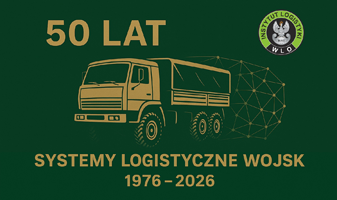ORIGINAL PAPER
Application of machine learning methods to analyze customer migration risk in terms of corporate financial security
1
Faculty of Aircraft and Military Vehicles, Military Technical Academy „Ferdinand I”, Romania
2
Faculty of Security, Logistics and Management, Military University of Technology, Poland
A - Research concept and design; B - Collection and/or assembly of data; C - Data analysis and interpretation; D - Writing the article; E - Critical revision of the article; F - Final approval of article
Submission date: 2023-11-04
Acceptance date: 2023-12-15
Publication date: 2023-12-31
Corresponding author
Ramona-Monica Stoica
Faculty of Aircraft and Military Vehicles, Military Technical Academy „Ferdinand I”, 39-49 George Cosbuc avenue, 050141, Bucharest, Romania
Faculty of Aircraft and Military Vehicles, Military Technical Academy „Ferdinand I”, 39-49 George Cosbuc avenue, 050141, Bucharest, Romania
SLW 2023;59(2):169-188
KEYWORDS
TOPICS
ABSTRACT
Effective prediction of customer migration is only possible through knowledge of the customer life cycle, which is characterized by the length of the relationship between buyer and provider, i.e. customer retention. A concept of opposite importance is customer migration, defined as the partial or total abandonment of the products or services offered by a company. Its knowledge and ability to predict it is crucial in terms of ensuring the continued financial security of target companies. The primary objective of this article was to present a method for assessing the risk of telecom industry customer migration using machine learning methods. The objective was achieved through the use of research methods, theoretical deductions such as and induction, system analysis and synthesis, and mathematical modelling, which additionally allowed for a practical analysis of the migration of customers of the telecommunications industry. Predictors with the greatest impact on the phenomenon under study were selected. It should be noted that the gain chart indicates that, in the case of contacting the 20% of customers selected by the models, the target coverage would be at the following levels, respectively: 70% for the boosted tree model and the decision tree based on the CART algorithm, and 75% for the random forest model. The research niche addressed in the article is the development of methods for assessing migration risk using machine learning techniques. The tool developed in the article can support decision-making in the creation of marketing campaigns aimed at retaining the largest number of customers.
Share
RELATED ARTICLE
We process personal data collected when visiting the website. The function of obtaining information about users and their behavior is carried out by voluntarily entered information in forms and saving cookies in end devices. Data, including cookies, are used to provide services, improve the user experience and to analyze the traffic in accordance with the Privacy policy. Data are also collected and processed by Google Analytics tool (more).
You can change cookies settings in your browser. Restricted use of cookies in the browser configuration may affect some functionalities of the website.
You can change cookies settings in your browser. Restricted use of cookies in the browser configuration may affect some functionalities of the website.


